
The story behind the building
The building of the Museum, constructed in 1899, used to be the city mansion of Mitiadis Altinalmazis, hailing from the patriarchal Altinalmazis family from Ainos and Adrianople, known for their noteworthy service to the country during 19 th and 20 th century.
“Mr. M. Altinalmazis was an excellent legal person and a linguist with great encyclopedic knowledge. He was an elder Statesman and consultant of the General Adrianople Administration (Medglis Idare Azaçi), a rank of great importance, which he used to serve the interests of the Greek Society of Adrianople and those of the wider region, by helping many Greek children get university education. He was known among his peers as a great economic agent and created a Bank, a Plant and standard agricultural estates. Between 1903 and 1905, he was awarded the medal Meciadiye class C, a distinction for significant people of Ottoman Empire.”
In 1937, the building was sold as part of a dowry agreement, by Miltiadis Altinalmazis’ widow, Zenobia, to Chrisoula Vasileiou Sotiriadou’s grandfather from Ortaxi as a dowry. The latter’s wedding to lawyer Gregoris Chrisostomou from Samothrace have the dwelling prestige, since Chrisostomou also served as minister of Mercantile Marine and Island Policy.
New life
In 1998, the building was leased by the family of Polychronis Gannakidis, who restored and remodeled it. The latter, inspired by the primordial memory and uniqueness of folk tradition, gave it new life and character. The dwelling was restored with the most modern equipment and amenities, so that it could live up to the expectations of modern Museum operation.
This particular building, is one of the few remaining preeminent architectural samples of a past era in the city of Alexandroupolis and is among the history and construction projects and events of infrastructure and development of the newly-founded then Dedeagats. A building that is intertwined with the historical events and the infrastructure development of Dedeagats right up to the time when the city became a terminal starion of the railway of Eastern Railway Company (Orient Express/Konstantinople to Vienna) along the Aegean Thrace costline. As a result the city was turned into a transit hub, plus an important harbor with its own Lighthouse and atraccted merchants from all over the Othoman Empire.


Basement before & after renovation
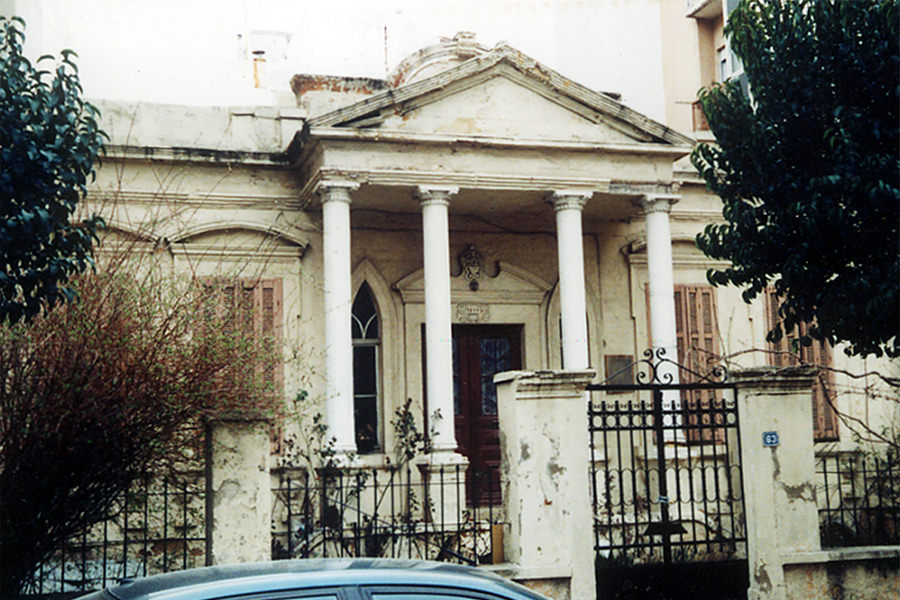
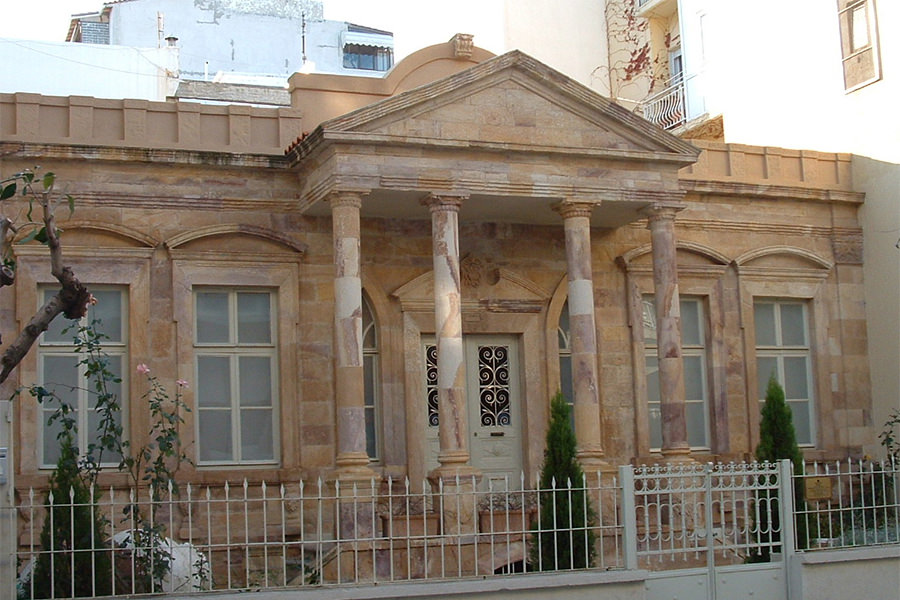
Facade before & after renovation
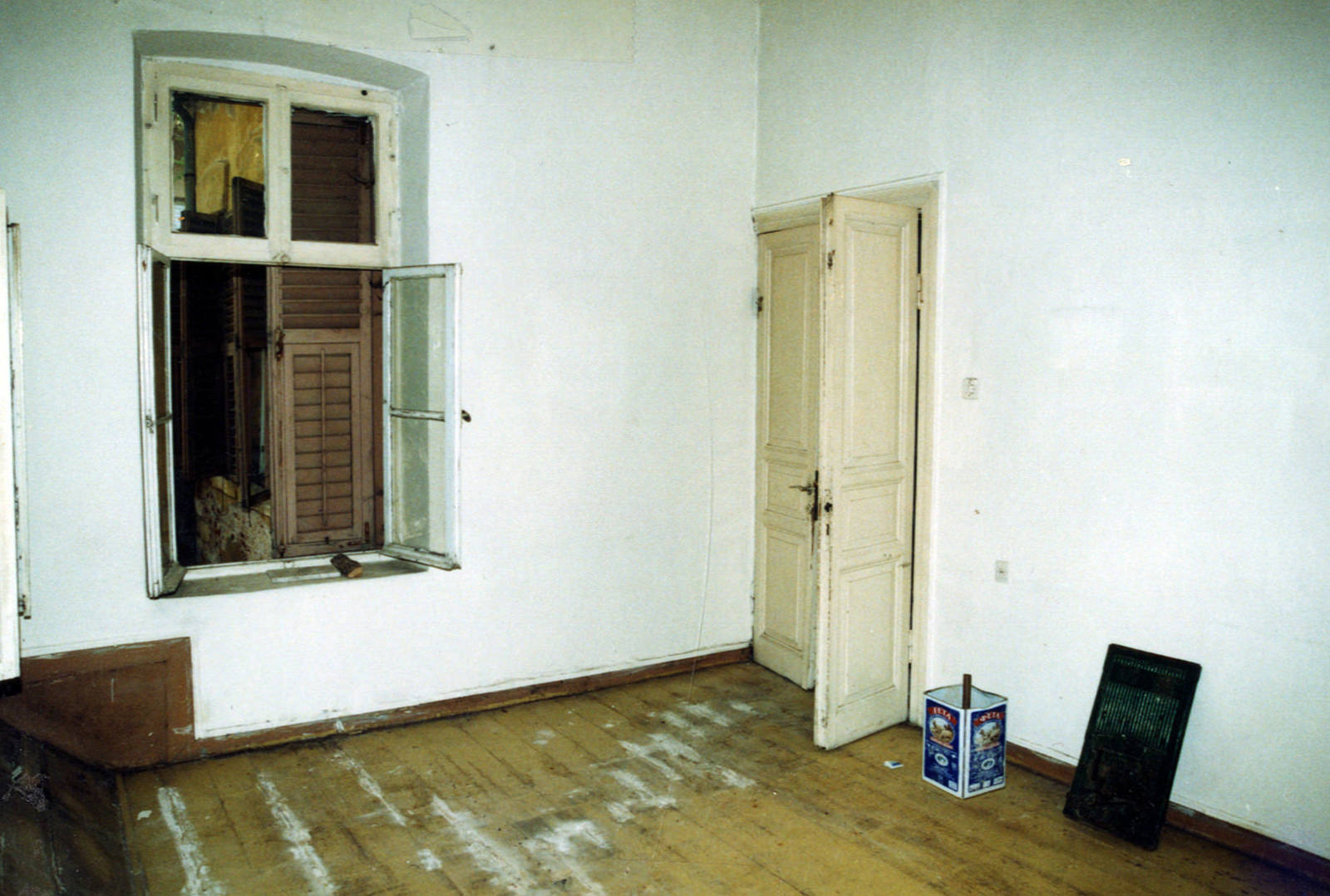
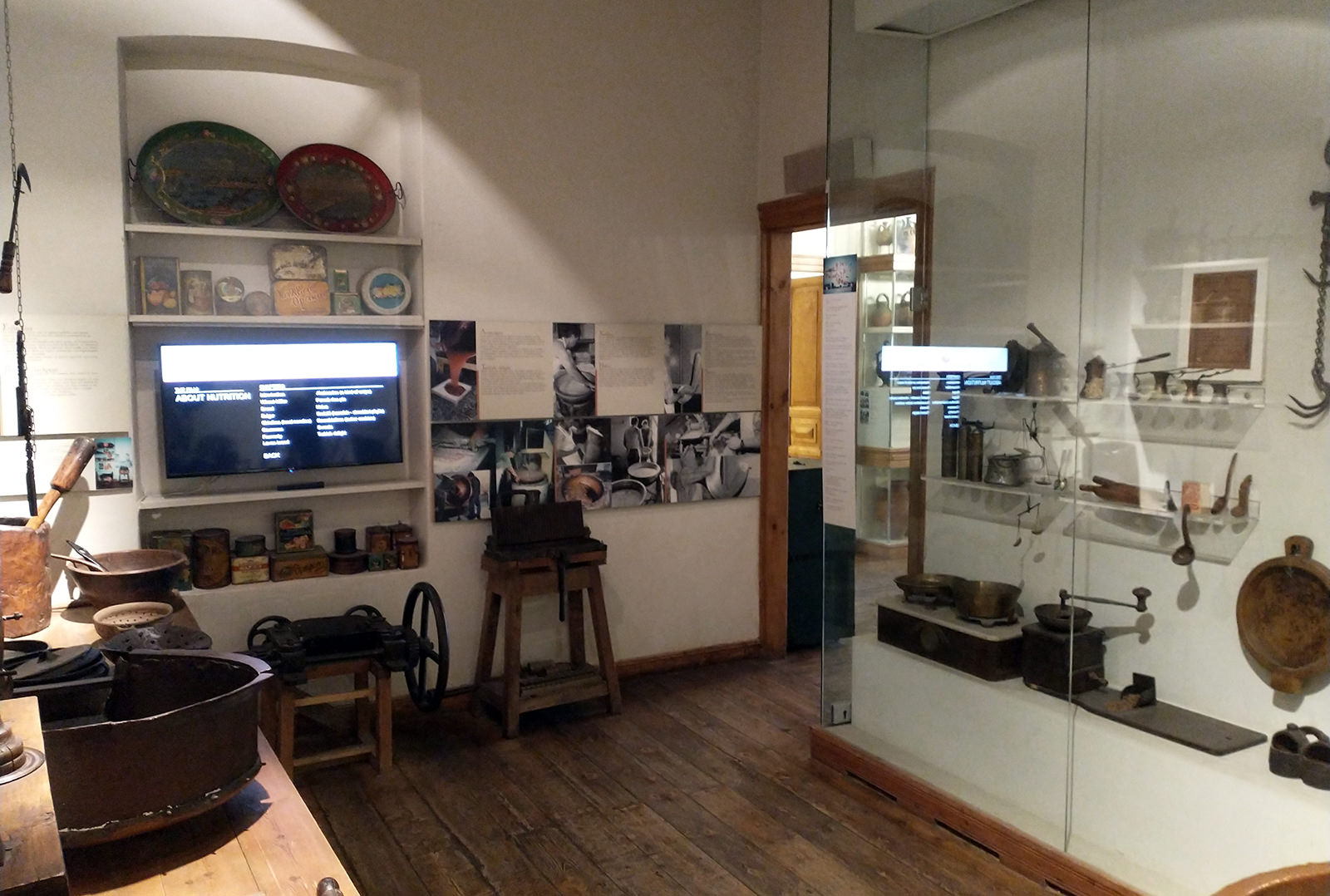
Interior before & after renovation
The construction of the building emits Greek style combined with European references to Renaissance architecture (four-column Tuscan style gate, incorporated with gothic openings), thus applying The Enlightenment principles and the scholarly style of its owner, but also the philosophical, artistic and architectural trends of the time-period, through architectural style elements and decoration. During the design process, a variety of patterns were taken into account and put into practice. These are now starting to appear in the architecture of regional cities, in private residencies built outside urban town planning. The quality-processed visible masonry and architectural touches, are particularly distinctive, with the wide use of ashlar stone, enriching style harmony with the clarity and traditional building technique,
appearing almost identical to regional characteristic dwellings.
Library of Adamantios Korais
Chios Island
Historic monument
One of the last surviving neoclassical buildings of its era in the area. On 01-02-1993 the building was declared preserved. On 12-17-2019, the building was classified as a monument by the Ministry of Culture. In 1998 it was renovated by the Polychronis Giannakidis family with the aim of establishing the Ethnological Museum of Thrace. The new mission makes the building a center for getting to know and promoting Thracian culture, but also a place for research and intellectual creation, one that knows how to reconcile, be inspired and envisioned by the primeval memory and the brilliance of popular tradition.
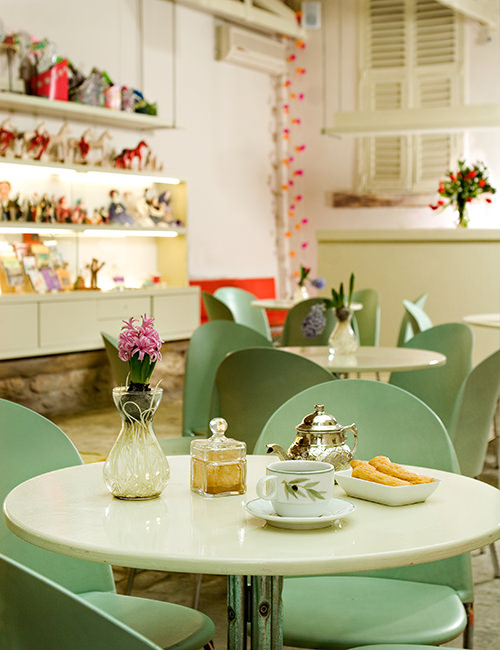




Featured on TV
The Ethnological Museum of Thrace was featured in an episode of the Greek Parliament’s TV channel production: “Αστικό Τοπίο” (Urban Cityscape).
This particular building, is one of the few remaining preeminent architectural samples of a past era in the city of Alexandroupolis and is among the history and construction projects and events of infrastructure and development of the newly-founded then Dedeagats. A building that is intertwined with the historical events and the infrastructure development of Dedeagats right up to the time when the city became a terminal starion of the railway of Eastern Railway Company (Orient Express/Konstantinople to Vienna) along the Aegean Thrace costline. As a result the city was turned into a transit hub, plus an important harbor with its own Lighthouse and atraccted merchants from all over the Othoman Empire.
